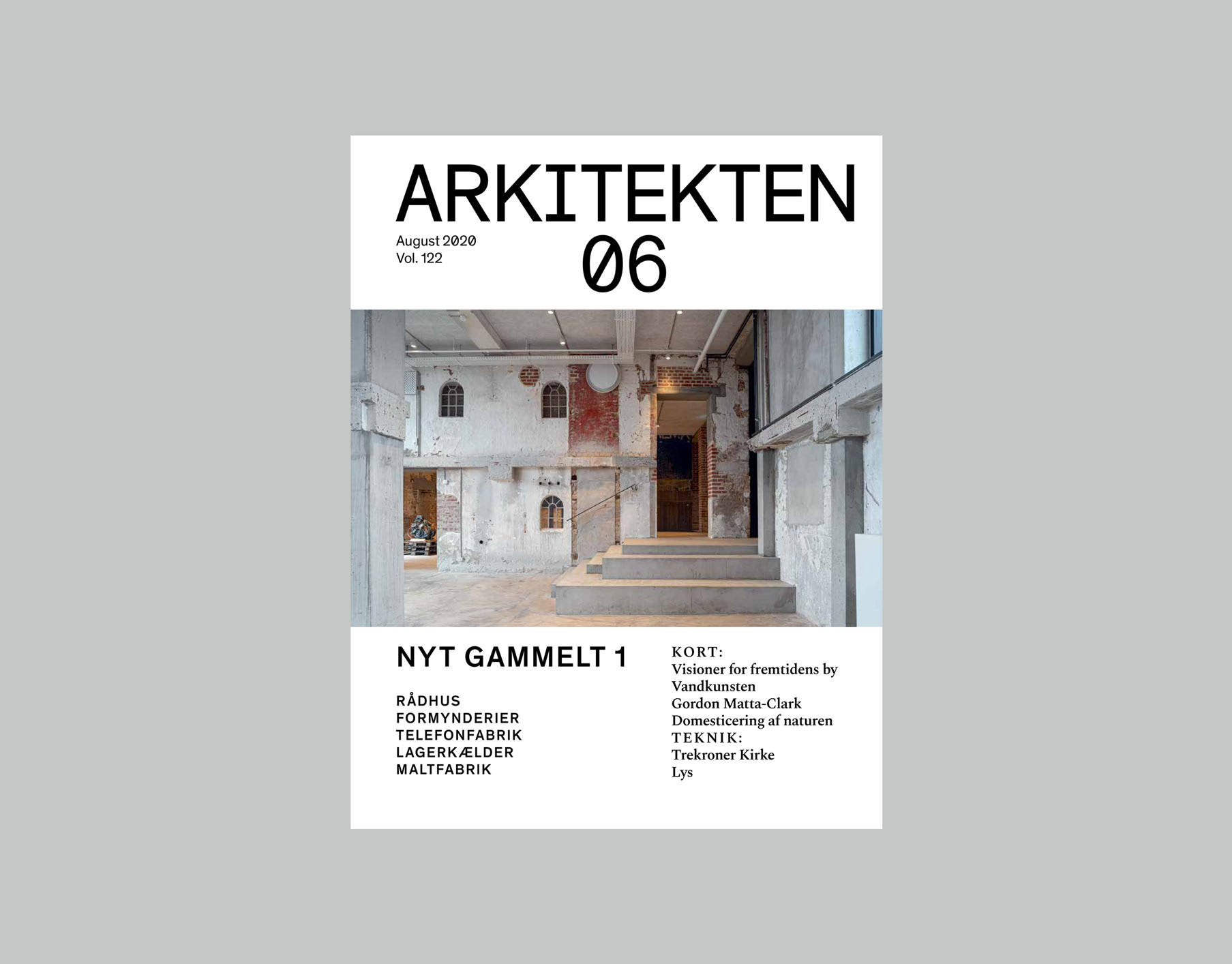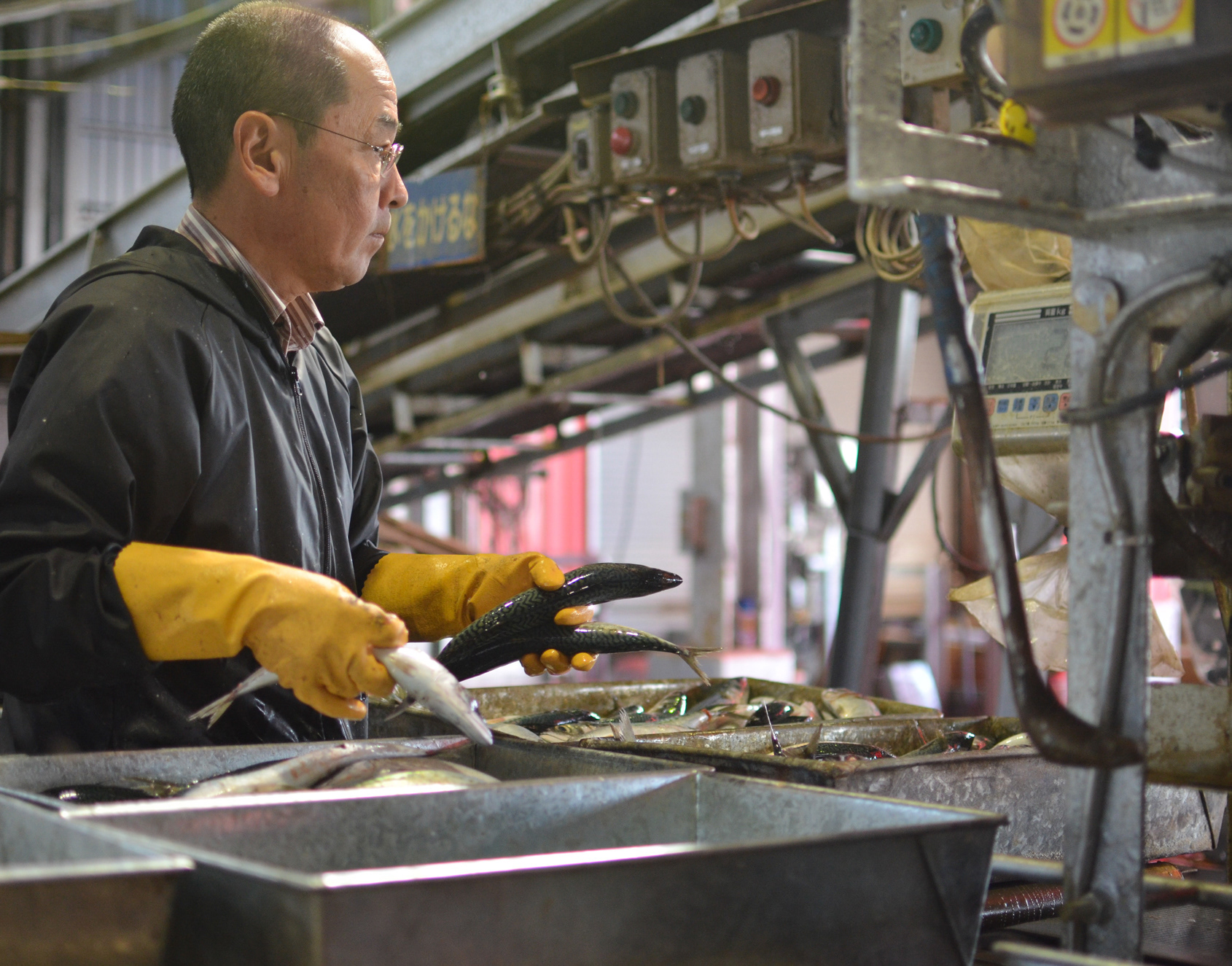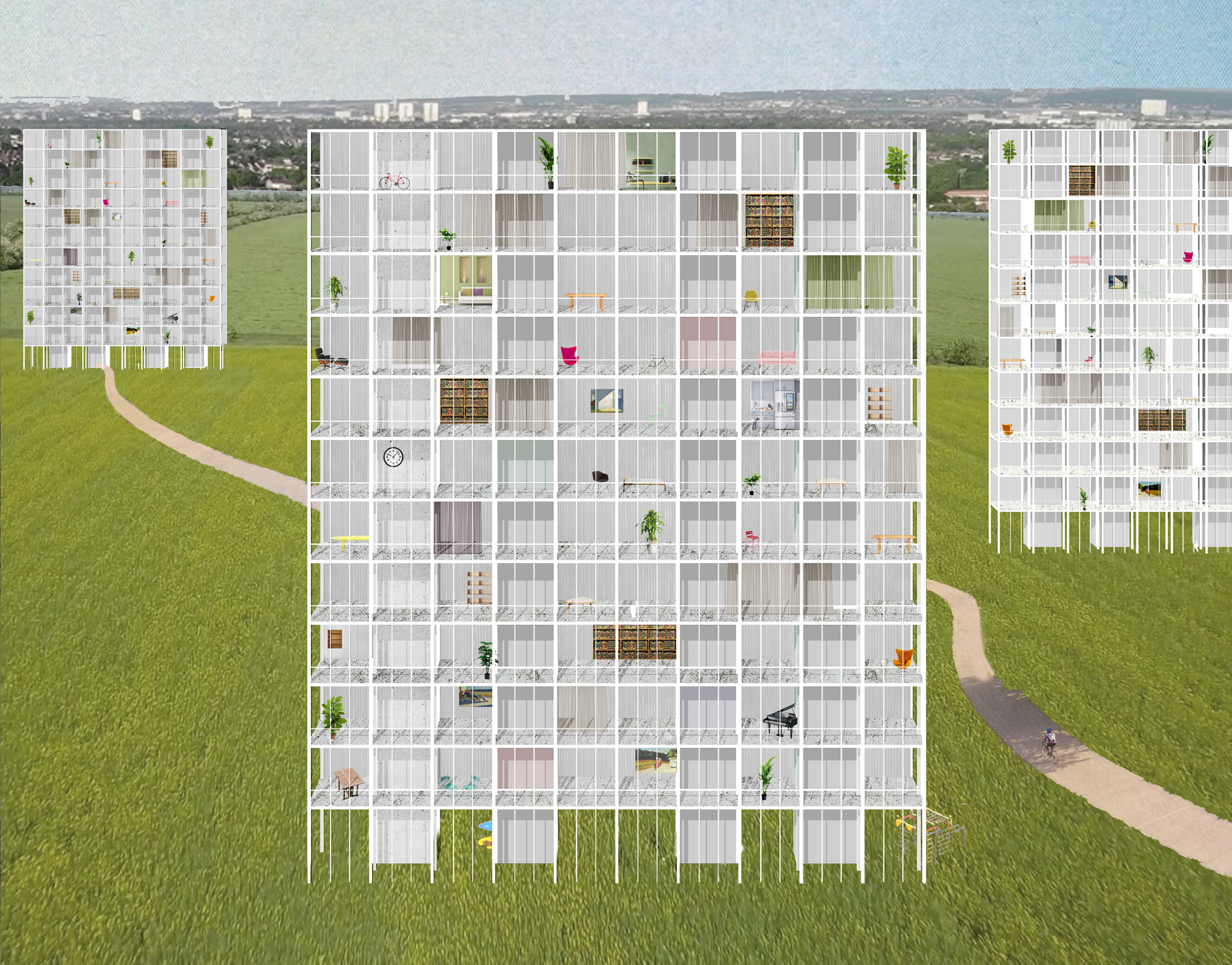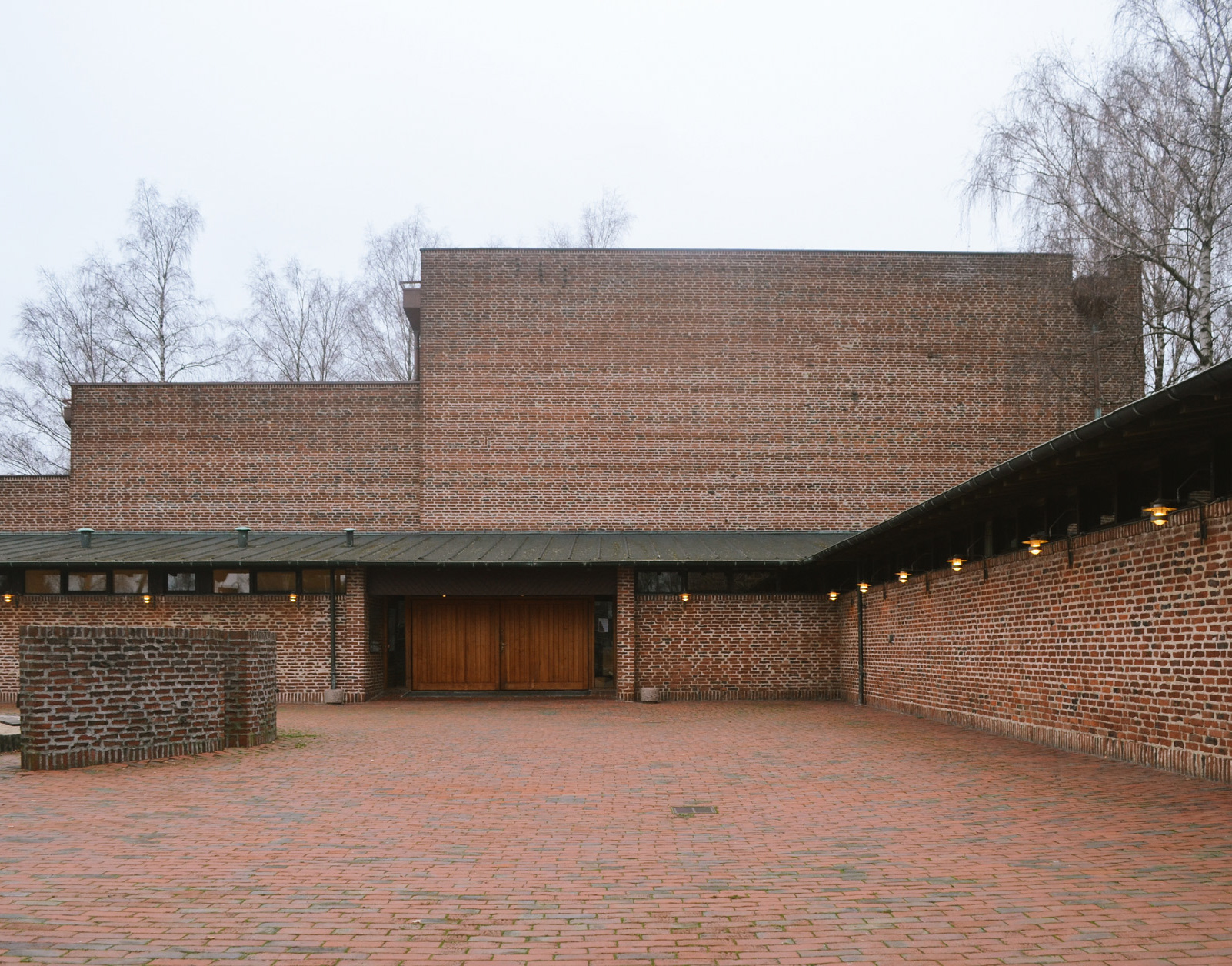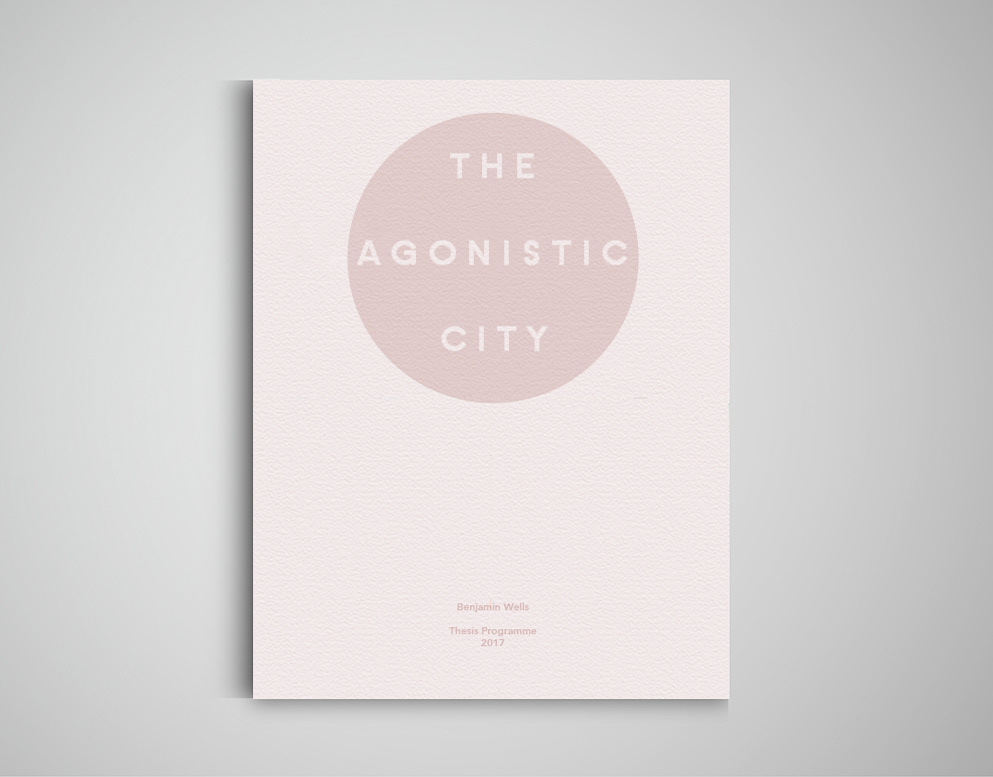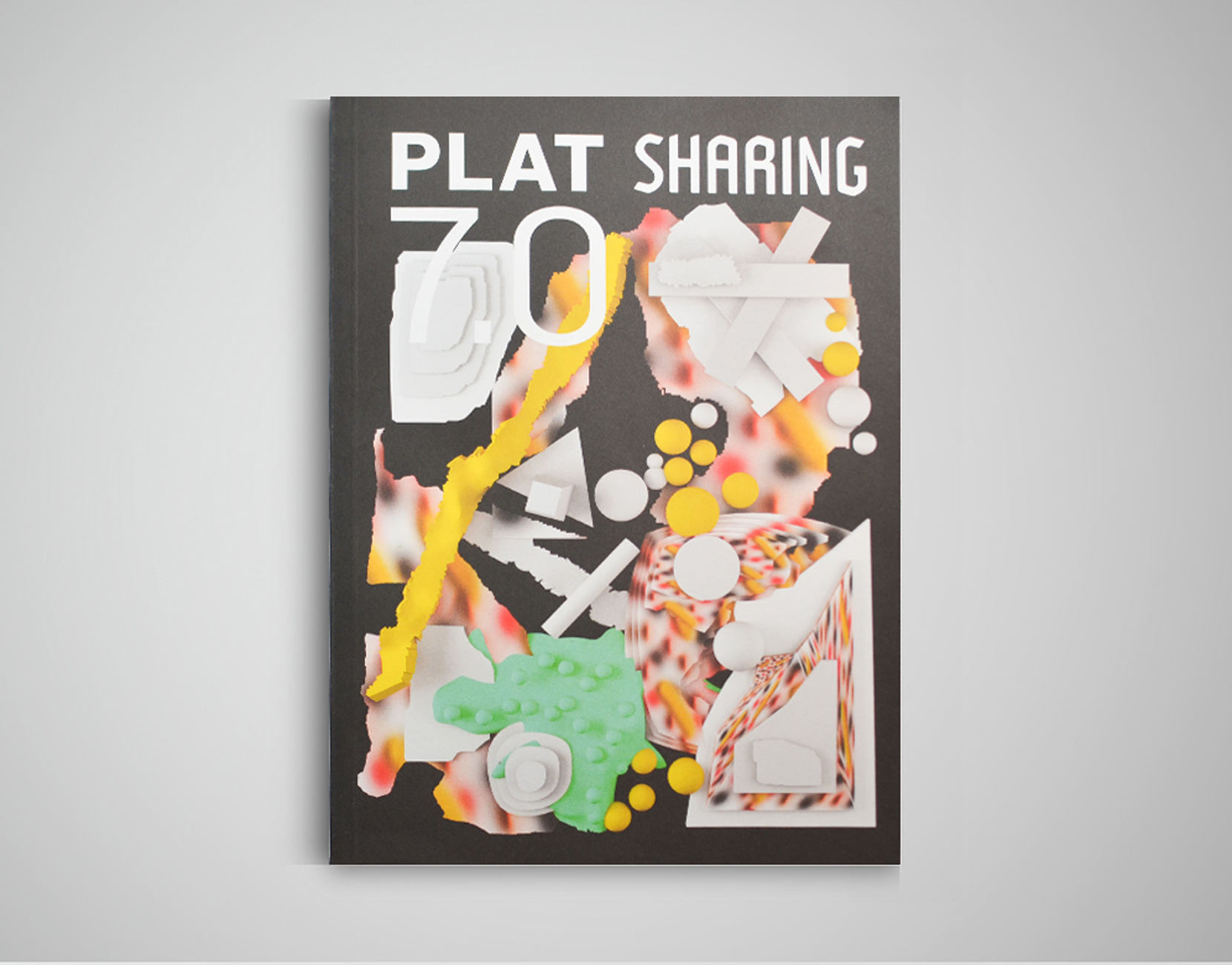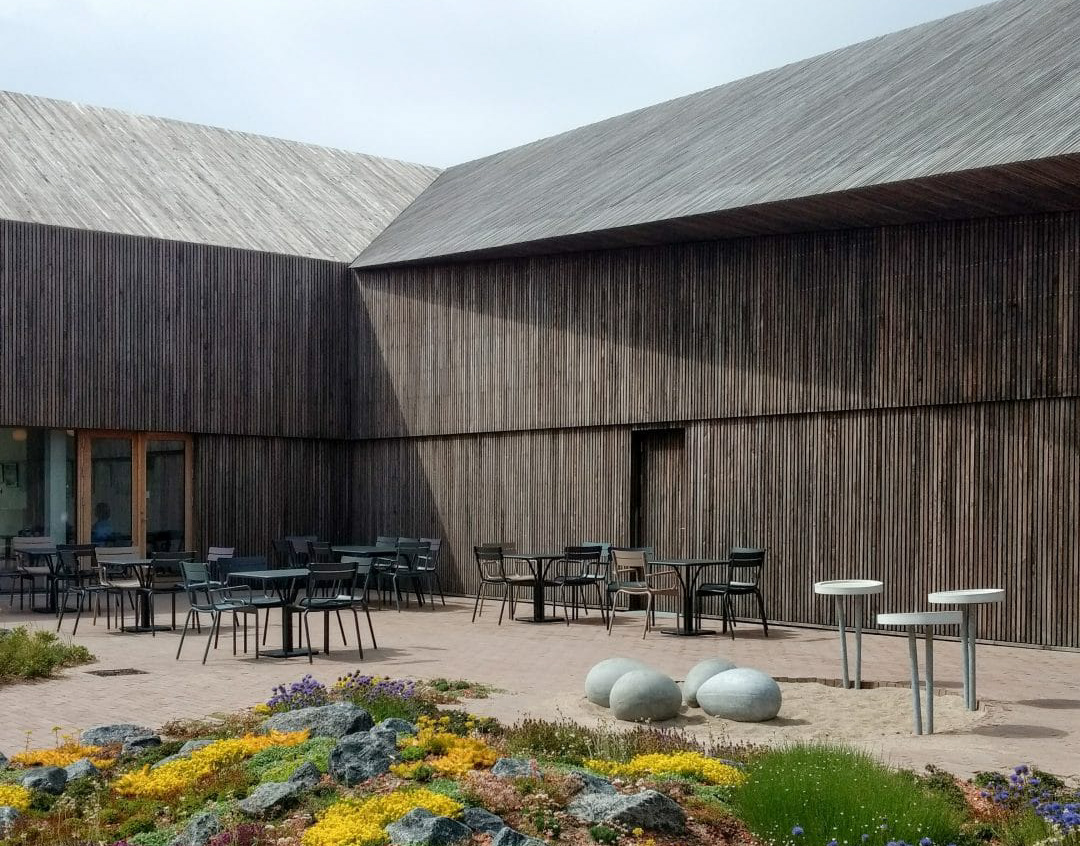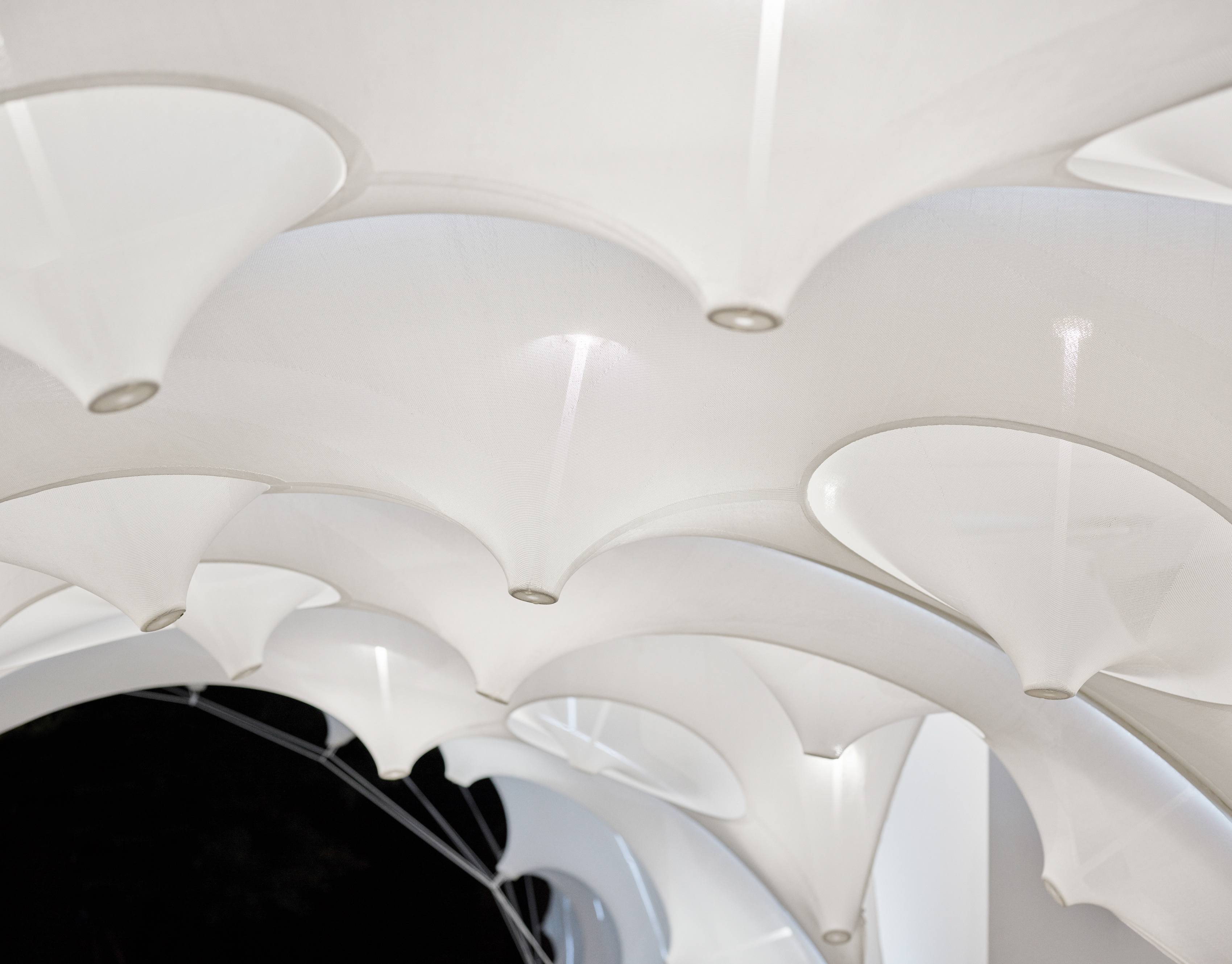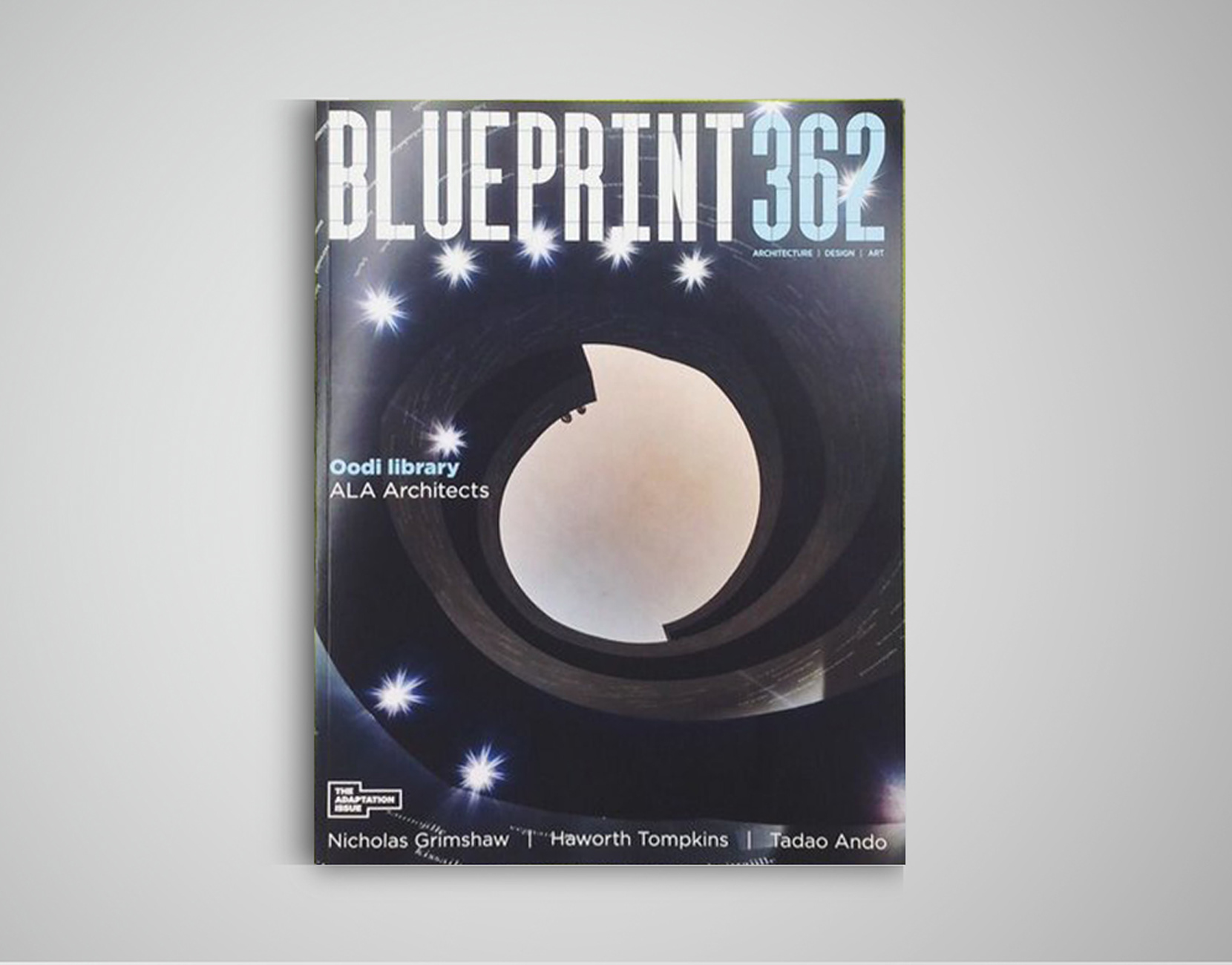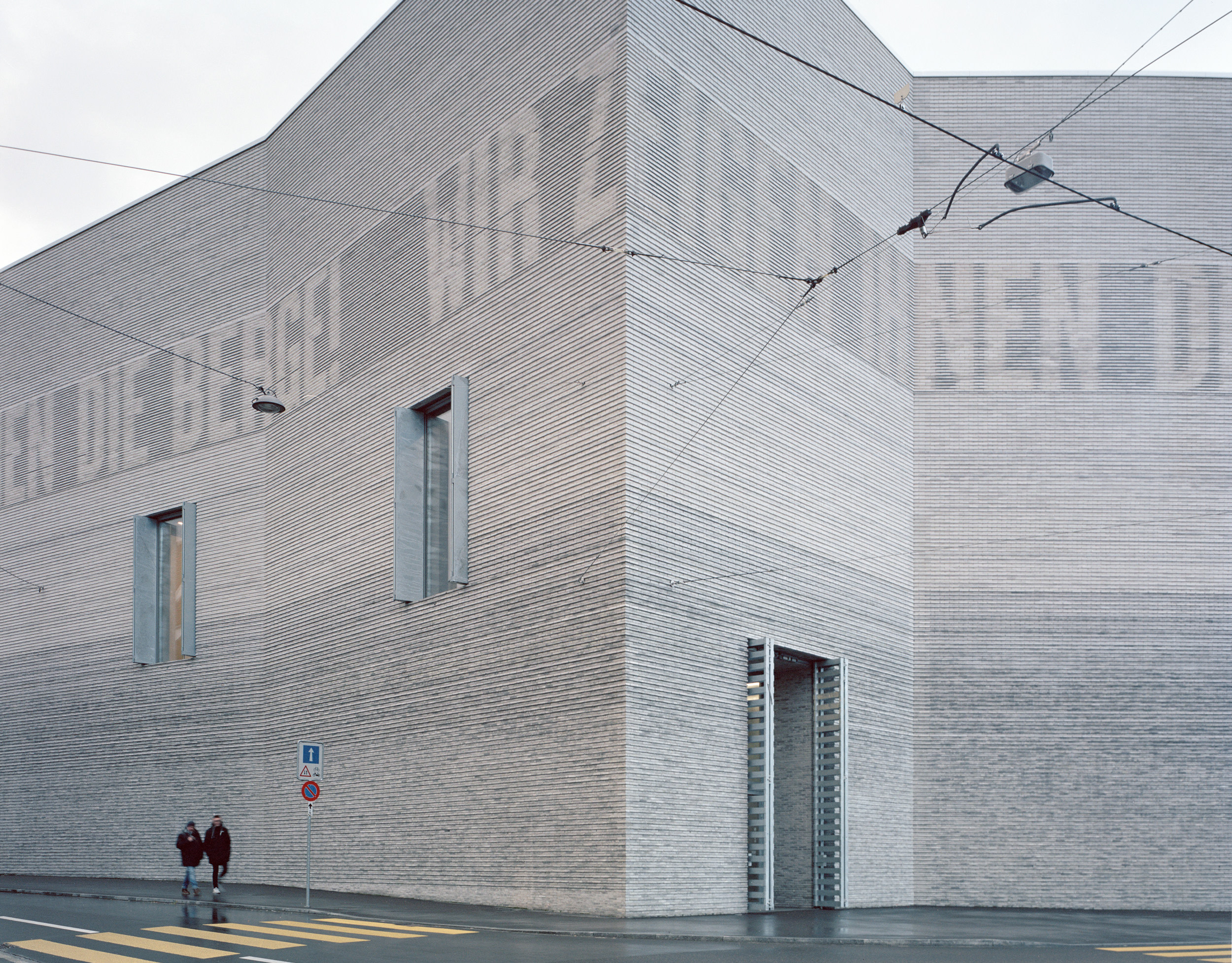Solo House, in which the boundaries between interior and exterior are reflected, refracted and dissolved. Photograph © Bas Princen
Deep within an untouched forest south of Barcelona, OFFICE Kersten Geers David Van Severen have drawn a delicate ring of concrete between the surrounding olive trees. This off-grid accommodation for wealthy travelers is the latest addition to the Solo House collection of architectural holiday homes.
Curated and commissioned by developer Christian Bourdais and art producer Eva Albarran, each Solo House is designed by an architect of the ‘New Garde’, and placed within the mountainous Los Puertos de Beceite park in the region of Matarraña, Spain. Following the completion of Pezo von Ellrichshausen’s orthogonal Solo House in 2013, Belgian office KGDVS were invited to build the second in the series.
Solo House curves across a clearing in the forest. Photograph © Bas Princen
The house frames the top of a plateau, overlooking the dramatic landscape it sits within. Office KGDVS sought to create an ‘invisible architecture’ in which the natural qualities of the landscape are foregrounded. A 45-meter diameter roof curves around the limit of the site, its perimeter denoting the edge of the forest clearing while its center encloses an untamed external landscape and a pool. The roof is mirrored by a continuous floor surface beneath, and together they form the outline of an inhabitable pavilion - ‘the roof functions as a shelter, and forms the perimeter of the inhabited surface.'
Photograph © Adrien Meuwly
The pure geometric form is intersected with four rows of columns. Image © OFFICE KGDVS
The roof is supported by four linear rows of eight columns, with each row cutting a chord through the circular form. The resulting segments contain the building’s living spaces, and each offers a different degree of shelter from external elements. This is mediated by large sliding panels of extruded aluminum and translucent polycarbonate, which can be pulled around the pavilion’s rooms to either conceal or expose them to the surrounding landscape. At their most open the rooms are almost absorbed within the natural terrain, with the concrete ground surface blending into the site’s terracotta earth.
The project’s rigorous geometric logic serves to blur the boundary between interior and exterior, allowing a visceral experience of nature even when remaining within the confines of the concrete ring.
Photograph © Adrien Meuwly
At its most open, the rooms are almost absorbed within the natural terrain. Photograph © Bas Princen
The remote location is not connected to any services, and the house is therefore completely self-sufficient. Water is collected from the site itself, and purified after use, while photovoltaic panels provide thermal and electrical energy that is stored in buffer tanks for later use. These services and their relevant systems are scattered across the roof as abstract forms, each painted in vibrant acrylic gradients by artist Pieter Vermeersch.
These forms break the pure geometry of the concrete ring, leaning over its edge and hinting towards its otherwise ambiguous functional possibilities. Yet they remain abstracted and sculptural, complementing a material palette of metallic fabric curtains, polished steel doors, and dyed wood ceilings. Introduce curving daybeds made from wire mesh by Belgian studio Muller Van Severen, and hybrid stool-lamps from Brussels-based artist Richard Venlet, and the house becomes an ‘inhabitable work of art’.
Solo House. Photograph © Bas Princen
Solo House is an audacious reinterpretation of the house typology, in which the boundaries between interior and exterior are reflected, refracted and dissolved. The natural terrain is brought to the fore, both within the building’s central void and beyond its perimeter, yet this landscape is forever encircled by Office KGDVS’ orbiting concrete rings.
Future Solo houses will be designed by the likes of Barozzi / Veiga, Sou Fujimoto, and Tatiana Bilbao.
Solo House. Photograph © Bas Princen
Read at source.
